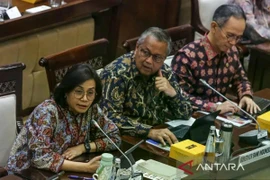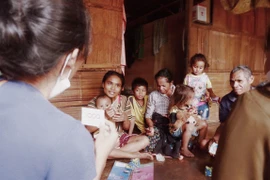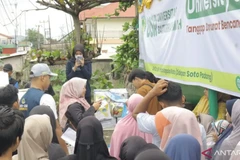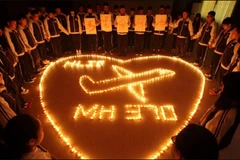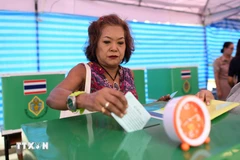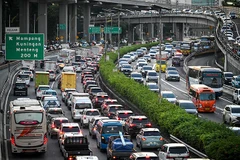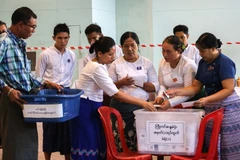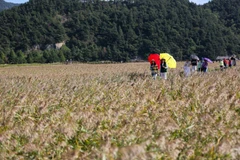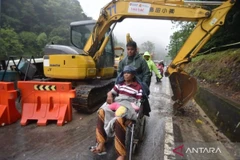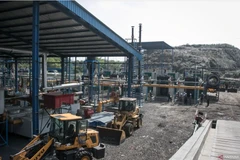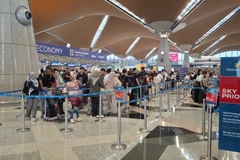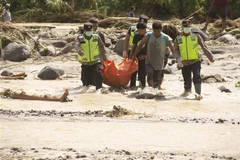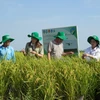Jakarta (VNA) – As many as 169 hotspots were recorded in South Sumatra, Indonesia in June this year, marking an increase of nearly 57% compared to the previous month, the South Sumatra Provincial Disaster Management Agency (BPBD) has reported.
The sharp rise has raised concerns over a potentially severe forest and land fire season in one of Indonesia’s wildfire-prone regions over the past decade.
Head of Emergency Response for the South Sumatra BPBD, Sudirman, said this rise corresponds with South Sumatra entering the peak of the dry season, which is scheduled to last until August. He noted that the situation can deteriorate rapidly without proactive control measures.
Data from the BPBD shows that the hotspots are concentrated in areas with a history of forest and land fires, such as Musi Rawas (42 hotspots), Musi Banyuasin (30), Muara Enim, North Musi Rawas, Lahat, and PALI.
Hotspots have also been detected in major cities such as Palembang, Lubuklinggau, and Pagaralam – areas previously less affected, indicating a growing risk of fires spreading to urban and peri-urban regions.
Archived data showing a spike in hotspots in 2023, along with signs of resurgence this year, suggest the emergence of a new “wildfire cycle” linked to El Nino, climate change, and ongoing slash-and-burn practices that remain poorly controlled.
In Indonesia, severe forest fires in 2015 and 2019 exposed millions of people to toxic haze and caused economic losses amounting to billions of US dollars./.
